Quiz History
Last Updated:
Are you a history buff? Our quizzes are for you! Test your knowledge of the great historical periods, landmark events, famous people and civilizations that have shaped the world as we know it today.
Our history quizzes are a fun and educational way to relive key moments in human history. With a varied selection of questions, you can test your knowledge on topics ranging from antiquity to the 21st century, including the Middle Ages, the Renaissance, industrial and political revolutions.
Do you know who signed the U.S. Declaration of Independence? Do you know the dates of major battles such as Hastings and Waterloo? Can you identify iconic figures such as Napoleon, Cleopatra and Martin Luther King? Our history quizzes are designed to help you answer all these questions while enriching your historical knowledge.
As you explore our history quizzes, you’ll discover fascinating anecdotes, little-known facts and striking details about the events and characters that changed the course of history. Whether you’re a history buff, a student or simply curious, our quizzes are an interactive and entertaining way to test your knowledge and learn more about the events that have shaped the world.
Test your knowledge and travel through the ages with our history quizzes!
Test your knowledge of history with our quizzes. Whether you’re an amateur or a true enthusiast, our quizzes will offer you a challenge adapted to your level.
Compare yourself with other history buffs and find out where you stand among connoisseurs of the great historical periods. Each question is an opportunity to learn and deepen your knowledge.
Our history quizzes are not simple knowledge tests, but interactive learning tools. Each question is accompanied by detailed explanations and interesting facts about key events, characters and eras.
By answering the questions, you’ll enrich your general knowledge and develop a better understanding of the past. Use our quizzes to explore new historical periods, discover fascinating anecdotes and strengthen your knowledge of world history.
history
/ 10
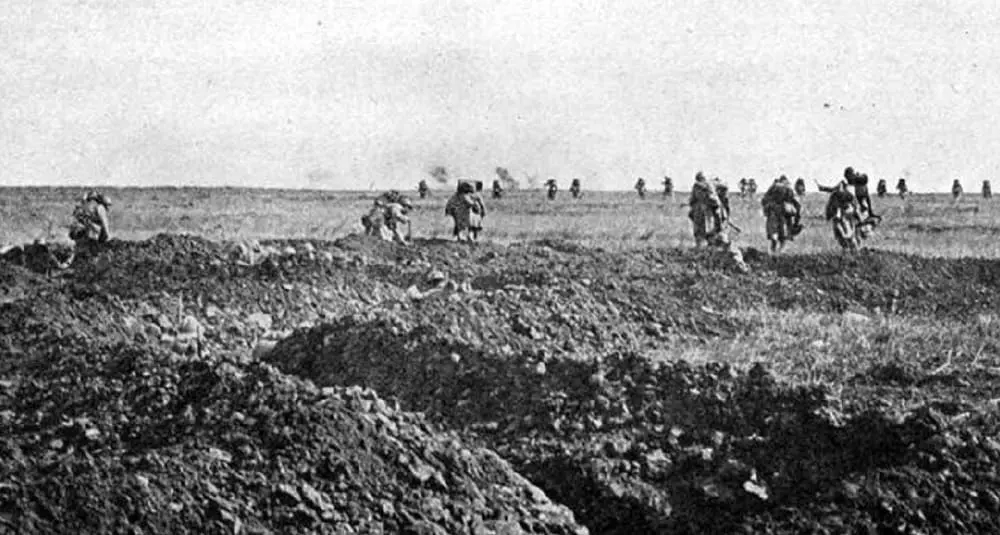
Where is the Chemin des Dames?
1Aisne
2Somme

🙌 Good answer
The Chemin des Dames is located in the Aisne department of the Hauts-de-France region, between Laon, Soissons and Reims, in northeastern France.
Next question

😞 Wrong answer
The Chemin des Dames is located in the Aisne department of the Hauts-de-France region, between Laon, Soissons and Reims, in northeastern France.
Next question
history
/ 10
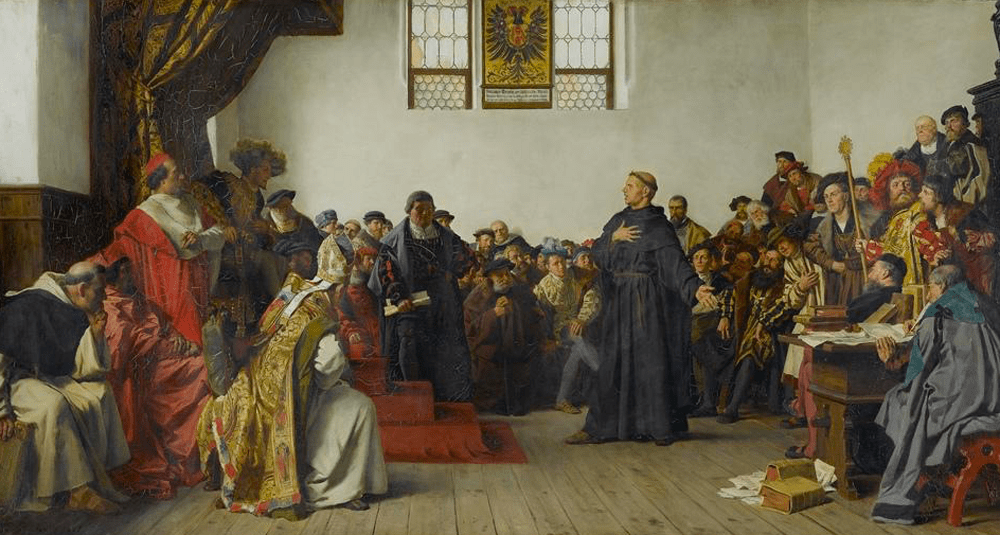
To which branch of Christianity is Martin Luther the initiator?
2Protestantism
1Orthodoxie

🙌 Good answer
Martin Luther is the initiator of Protestantism which gave birth to many Protestant churches and marked the history of Christianity.
Next question

😞 Wrong answer
Martin Luther is the initiator of Protestantism which gave birth to many Protestant churches and marked the history of Christianity.
Next question
history
/ 10
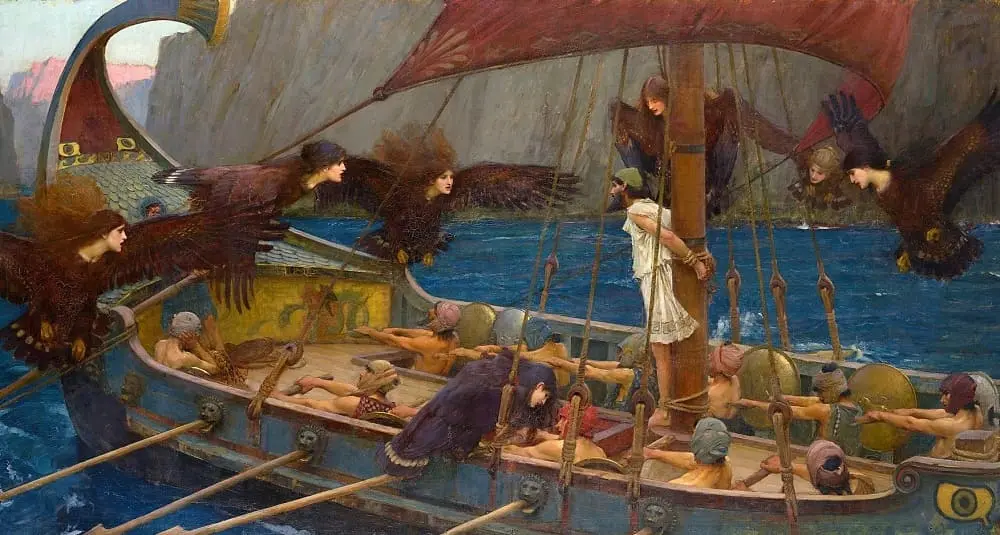
How long is Ulysses' journey?
220 years
110 years

🙌 Good answer
Ulysses' voyage lasts 20 years: 10 years for the Trojan War and 10 years of wandering before his return to Ithaca, as recounted in Homer's Odyssey.
Next question

😞 Wrong answer
Ulysses' voyage lasts 20 years: 10 years for the Trojan War and 10 years of wandering before his return to Ithaca, as recounted in Homer's Odyssey.
Next question
history
/ 10
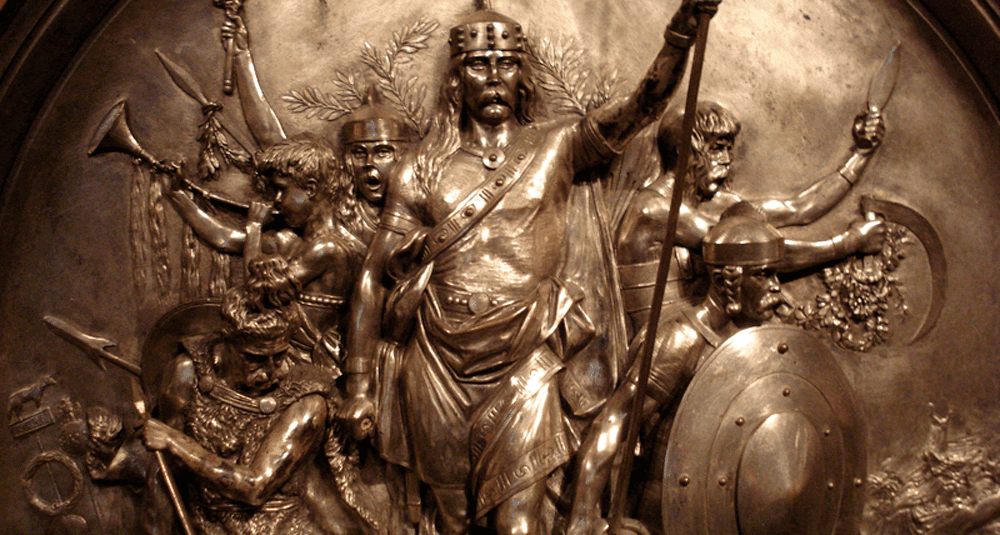
Who is the first Merovingian king?
2Merovech
1Chlodio

🙌 Good answer
The first Merovingian king was Merovech, a legendary 5th-century Frankish chieftain considered to be the dynastic ancestor of the Merovingian line of Frankish kings.
Next question

😞 Wrong answer
The first Merovingian king was Merovech, a legendary 5th-century Frankish chieftain considered to be the dynastic ancestor of the Merovingian line of Frankish kings.
Next question
history
/ 10
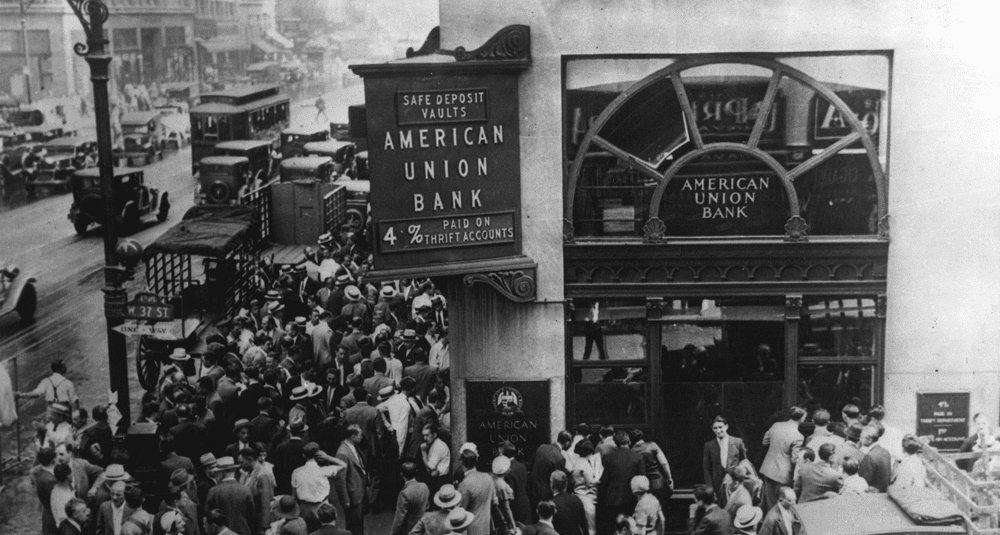
In which American stock exchange did the crash of 1929 take place?
2New York Stock Exchange
1Chicago Stock Exchange

🙌 Good answer
The crash of 1929 was a stock market crisis that took place on the New York Stock Exchange between Thursday, October 24 and Tuesday, October 29, 1929. This event, the most famous in stock market history, marked the beginning of the Great Depression.
Next question

😞 Wrong answer
The crash of 1929 was a stock market crisis that took place on the New York Stock Exchange between Thursday, October 24 and Tuesday, October 29, 1929. This event, the most famous in stock market history, marked the beginning of the Great Depression.
Next question
history
/ 10
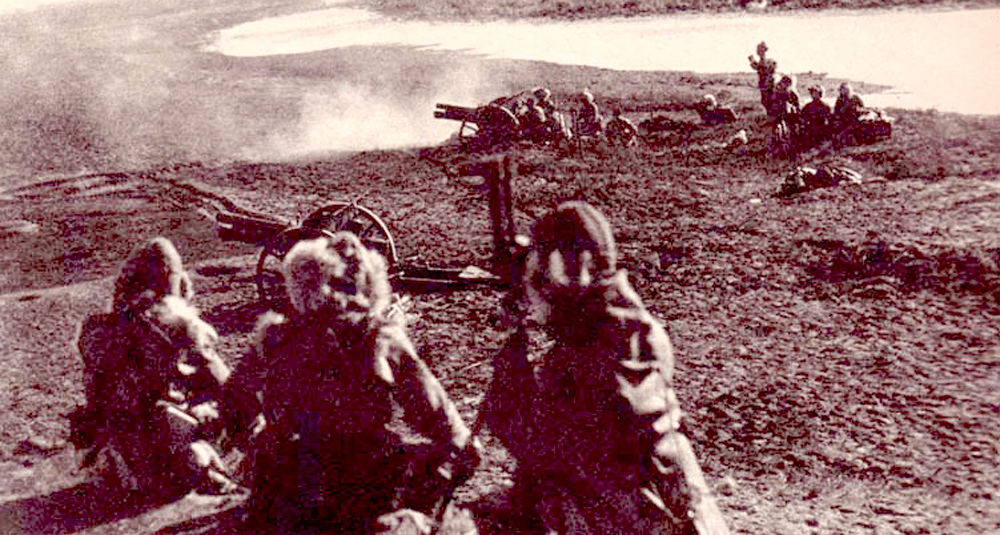
When did the Japanese Guandong Army invade Manchuria?
21931
11921

🙌 Good answer
It was in 1931 that the Japanese Guandong army invaded Manchuria, a key event with major historical consequences.
Next question

😞 Wrong answer
It was in 1931 that the Japanese Guandong army invaded Manchuria, a key event with major historical consequences.
Next question
history
/ 10
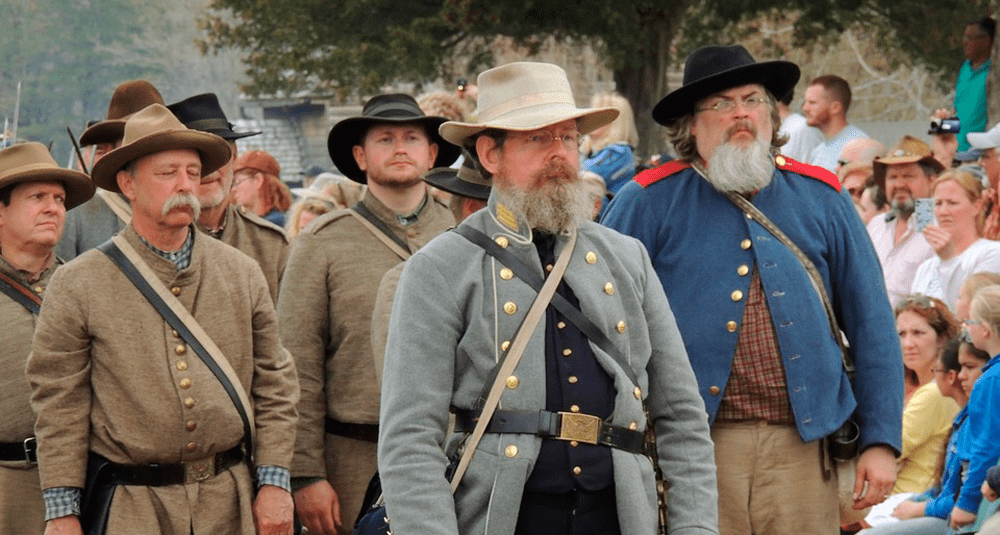
Which soldier is General-in-Chief of Confederate armies?
2Robert E. Lee
1Ulysses S. Grant

🙌 Good answer
Robert Lee is first the commander of the Virginia Armed Forces and then Chief General of the Confederate State Army.
Next question

😞 Wrong answer
Robert Lee is first the commander of the Virginia Armed Forces and then Chief General of the Confederate State Army.
Next question
history
/ 10
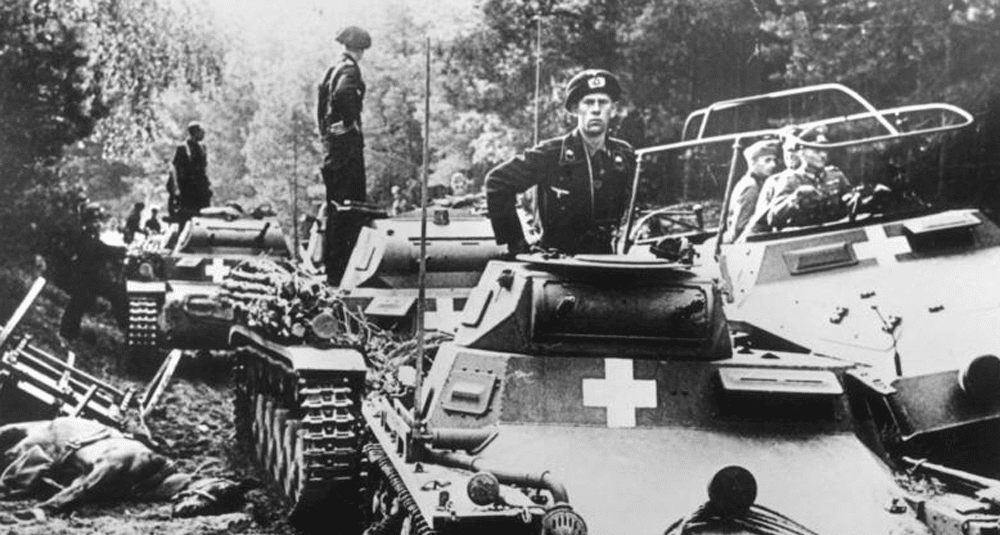
What incident triggered Germany's invasion of Poland in 1939?
1Gleiwitz
2Narvik

🙌 Good answer
After a provocative operation known as the Gleiwitz incident, German troops invaded Poland on all fronts at 4:45 a.m. on September 1, 1939.
Next question

😞 Wrong answer
After a provocative operation known as the Gleiwitz incident, German troops invaded Poland on all fronts at 4:45 a.m. on September 1, 1939.
Next question
history
/ 10
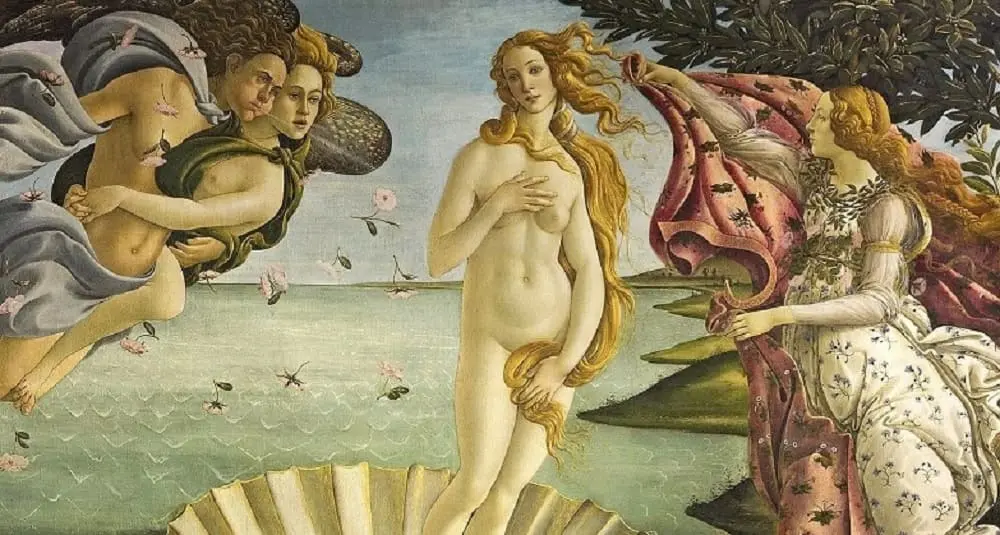
In Roman mythology, who is the goddess of love?
2Venus
1Aphrodite

🙌 Good answer
In Roman mythology, Venus is the goddess of love, beauty and fertility. She is the Roman equivalent of Aphrodite, her Greek counterpart.
Next question

😞 Wrong answer
In Roman mythology, Venus is the goddess of love, beauty and fertility. She is the Roman equivalent of Aphrodite, her Greek counterpart.
Next question
history
/ 10
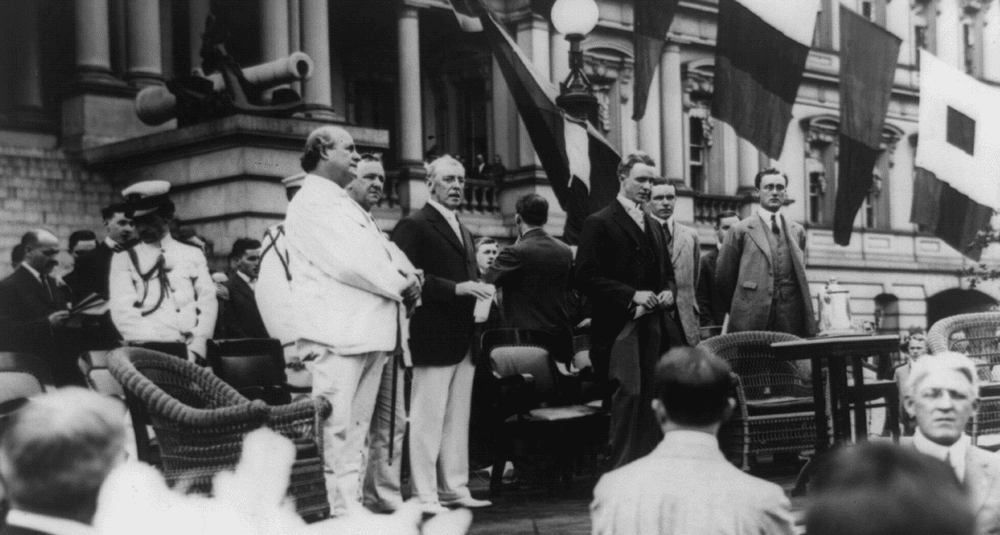
What is the name of Franklin Roosevelt's interventionist policy to fight the Great Depression in the United States?
1New Deal
2Social Security Act

🙌 Good answer
The New Deal was the interventionist policy implemented by Franklin D. Roosevelt between 1933 and 1939 to combat the Great Depression in the United States.
Next question

😞 Wrong answer
The New Deal was the interventionist policy implemented by Franklin D. Roosevelt between 1933 and 1939 to combat the Great Depression in the United States.
Next question




